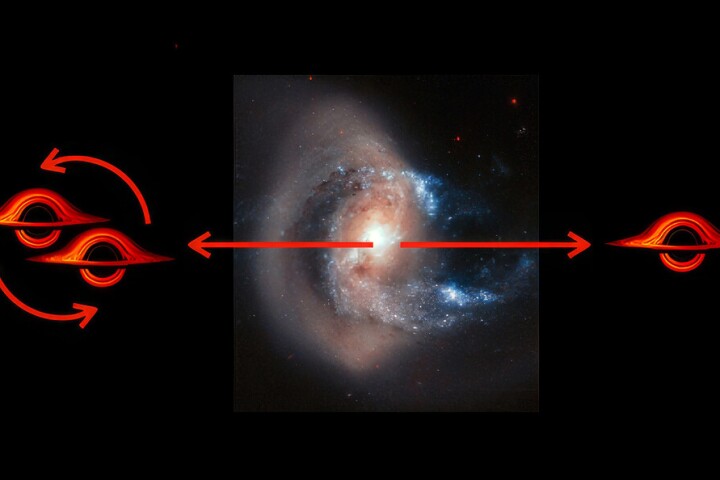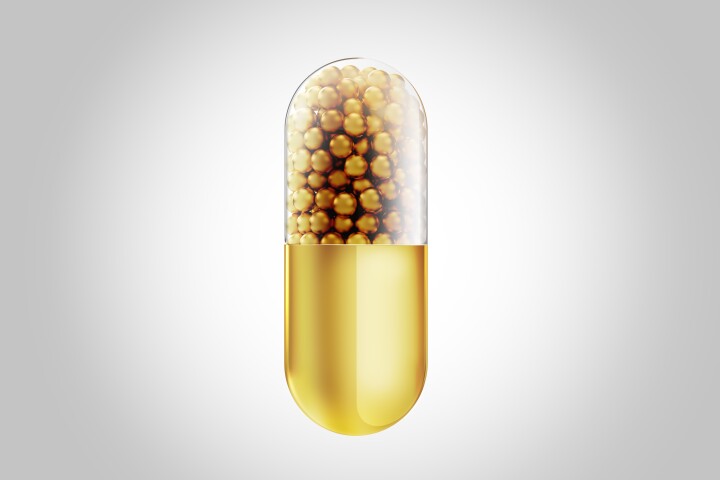 Many species of butterflyfish eat coral, but then it turns out they’re more friend than foe. Depositphotos View gallery – 6 images
Many species of butterflyfish eat coral, but then it turns out they’re more friend than foe. Depositphotos View gallery – 6 images
The discovery has found that feces from coral-eating fish – corallivores – is packed with symbiotic dinoflagellate algae, which is essential for coral survival. It upends traditional views that these fish were damaging reef structure and, instead, it was the grazers eating detritus and bushy algae that maintained coral health. It also opens the door to scientists potentially using ‘poop transplants’ to prop up stressed-out corals that have expelled their beneficial symbionts, as in the devastating phenomenon of coral bleaching.
“The message is, ‘Move over grazers, it’s not just you helping maintain coral dominance,” said Adrienne Correa, Rice University marine biologist, whose lab discovered the poop probiotic. “These coral-eating fishes are probably helping too by spreading beneficial coral symbionts.
“When many baby corals settle on the reef bottom, they have to get their symbionts from the environment,” Correa added. “We’ve seen symbionts in the water and sediments and on big bushy algae on reefs, but we haven’t really looked at how those microorganisms get to all those places.”
The surprise discovery was made during an expedition to the Mo’orea Coral Reef Long-term Ecological Research station in French Polynesia, during which the team followed corallivores and grazers. Mapping defecation sites and taking samples of feces, the scientists found some incredible ways in how reef symbiosis really works – and how healthy the poop from predatory fish were.
In fact, the researchers were taken aback by the number of symbionts found in feces samples from the ornate butterflyfish (Chaetodon ornatissimus) and the mailed butterflyfish (C. reticulatus). Each species spread an estimated 100 million live symbionts across a reef area the size of just six parking spaces. Much like bees pollinating plants, this delivery service of nutritious, photosynthetic fertilization is essential for reef survival.

While scientists have known that symbionts have been packaged up in fish poop, this study reveals the sheer number of the good organisms. While corallivores take bites out of coral, their overall impact appears more beneficial than grazers, whose feces also leave large lesions on coral and are suspected to contain pathogens.
“Most [corallivores] take small bites of adult corals and don’t kill the colonies they’re eating,” said Carsten Grupstra, graduate student from Rice University and the study’s lead author. “This tells us we don’t really know all of the interactions that are happening on coral reefs, and some species may be important for coral reef conservation in ways that we haven’t imagined.”
The discovery opens the door to investigating what role the coral-eating fish might play in propping up the health of struggling reefs. The team plans to conduct experiments on juvenile and stressed adult corals to see if a ‘poop transplant’ provides benefits above and beyond letting nature take its course.
How and when coral take on their symbionts is still a mystery, but the researchers hope that biological intervention could lead to new methods of tackling coral ‘bleaching’, which is the result of stressed-out corals expelling a significant amount of their symbionts, frequently leaving them without color.
“This expands how we can think about the roles of coral-eating fishes on reefs,” Correa said. “They don’t just break up reef frameworks. They also disperse symbionts that corals and other organisms need.”
See how the research team made their surprising discoveries in the video below.
The study was published in the journal Frontiers in Marine Science.























